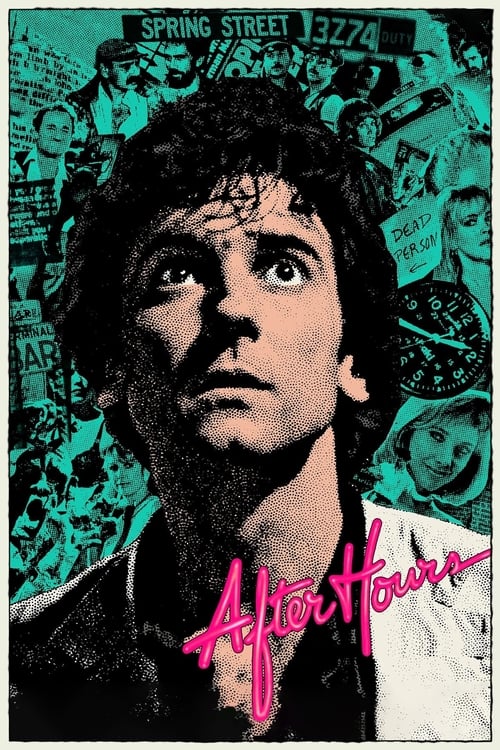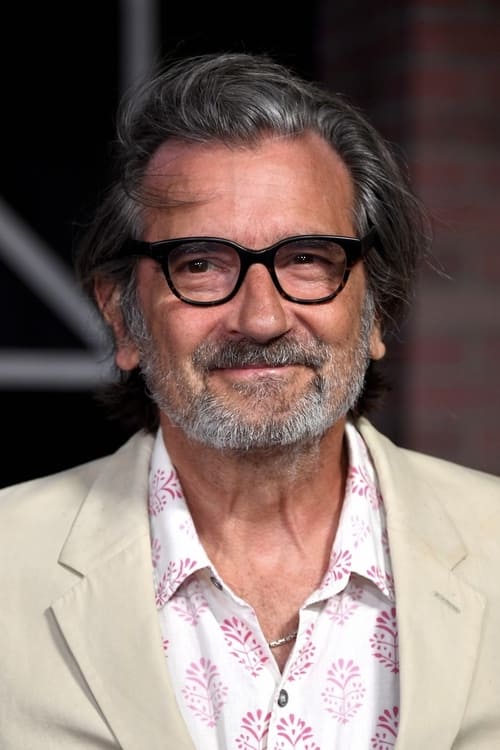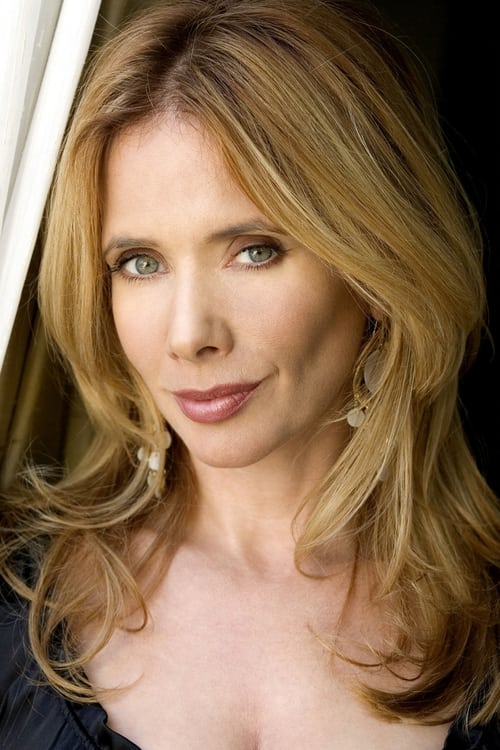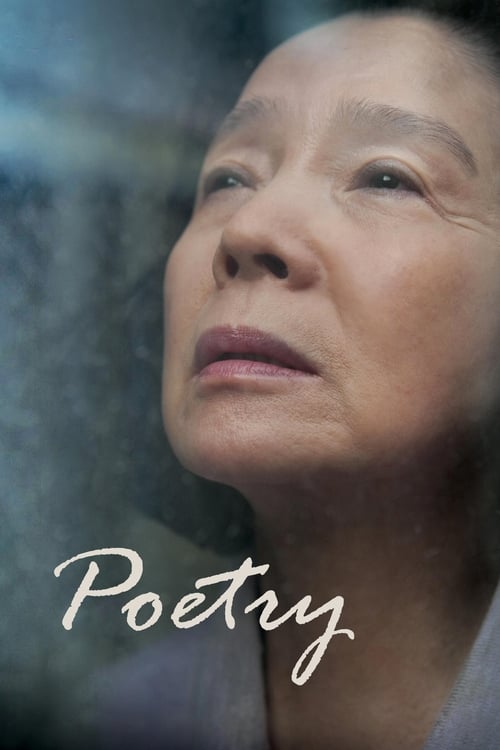
After Hours
Desperate to escape his mind-numbing routine, uptown Manhattan office worker Paul Hackett ventures downtown for a hookup with a mystery woman.
Dialogues from Movie After Hours
Quotes from Movie After Hours
Sound Tracks from After Hours by Carter Burwell
In the Midnight Hour
In the Midnight Hour by Wilson Pickett, Played during a late-night scene in the city
I Can't Tell You Why
I Can't Tell You Why by Eagles, Played in a bar scene
Walk on the Wild Side
Walk on the Wild Side by Lou Reed, Featured in a pivotal scene where the main character interacts with different characters
Download App
Memorable Scenes from Movie After Hours
The Start of a Wild Night
Paul Hackett, played by Griffin Dunne, is feeling restless and decides to go out after work. His mundane day at the office sets the stage for a chaotic and unpredictable night ahead. The stark contrast between his conservative day and the wild night to come builds anticipation.
Context: The film opens with Paul’s desire to escape his boring life, making his journey into the unpredictable nightlife of Manhattan relatable and intriguing.
The Art Gallery Encounter
In an underground art gallery, Paul sees a captivating piece that leads him to meet a mysterious woman, Marcy. Their conversation reveals her quirky personality, making the night seem enchanting. However, her erratic behavior begins to hint at the chaos that will soon ensue.
Context: This moment introduces the theme of unexpected encounters and sets the tone for Paul’s spiraling adventure into the night.
Marcy's Wild Behavior
After their initial meeting, Marcy invites Paul back to her apartment. As they talk, her behavior grows more erratic, showcasing her unpredictability. Paul’s discomfort foreshadows the madness to come.
Context: Paul's growing sense of unease builds the tension as the night progresses, highlighting the theme of unpredictability.
A Mysterious Situation
Once in the apartment, Paul realizes Marcy's ex-boyfriend is in her life, and he's lost in a web of strange encounters, leading him to question what he has gotten himself into. The atmosphere becomes heavy with tension.
Context: This moment is crucial as it signifies Paul's gradual descent into chaos, setting the audience on edge regarding his fate.
The Grim Reality
A sudden scream pierces the already strained atmosphere, creating a pivotal moment when Paul learns Marcy's situation is more serious than he thought. He feels trapped as reality sinks in.
Context: This sharp shift from flirtation to fear marks a key turning point in Paul's night, pushing him further into disarray.
The Cab Ride Gone Wrong
Paul hops into a cab, but instead of reprieve, he finds himself amidst the hysterical cab driver who is obsessed with a strange story. This bizarre interaction further emphasizes the lunacy of the night.
Context: The chaotic cab ride signifies Paul’s progressive entrapment in the night’s madness and raises the stakes even higher.
The Rescue Attempt
Paul tries to get help from the police but finds them unhelpful and dismissive. His desperation makes the audience empathize with his plight; he is caught in a series of misfortunes that are spiraling out of control.
Context: This scene demonstrates the theme of isolation in a bustling city, reinforcing Paul’s struggle against mounting obstacles.
The Psychological Breakdown
Paul encounters an old woman in an apartment building who keeps him captive under the guise of wanting to help. The absurdity of the situation symbolizes his own psychological breakdown during the night.
Context: This moment illustrates the film’s surreal humor mixed with suspense, reflecting Paul’s loss of control.
A Frightening Revelation
In a moment of clarity, Paul discovers that the night’s possibilities have turned dire. He realizes that he is not just stuck but that danger looms closer than he initially thought.
Context: This moment heightens the stakes and encapsulates the film’s theme of the surreal versus reality.
The Bathtub Scare
In one of the film's standout moments, Paul finds himself in a woman’s bathroom with a hysterical roommate who has a volatile temperament. Tension peaks as the threat of violence hangs in the air.
Context: This scene emphasizes Paul's increasing entrapment while cleverly blending humor and horror.
Reunion with Marcy
After a series of wild encounters, Paul unexpectedly meets Marcy again, but her demeanor has shifted entirely, leaving him puzzled. The scene encapsulates the unpredictability that has characterized his night.
Context: This reunion underscores the film's theme of fleeting connections and the complexity of human interactions.
The Final Confrontation
In a climactic showdown in her apartment, Marcy reveals her true nature. The tension erupts as her ex-boyfriend confronts Paul, jeopardizing his safety and forcing him to fight for his escape.
Context: This confrontation serves as a culmination of all the chaos Paul has faced, highlighting his transformation throughout the night.
The Ironic Resolution
In a twist of fate, Paul finally makes his escape, only to find himself in the same mundane office where he started. The irony of returning to normalcy after such chaos hits hard.
Context: This resolution emphasizes the film’s commentary on the absurdity of life and the cyclical nature of everyday existence.
The Cycle of Life
Paul’s return to the office symbolizes the relentless loop of life experiences; even after a wild night, he is still bound by routine and the pressures of society.
Context: It reflects the film’s existential themes about the nature of life in an urban environment.
A Disturbing Reflection
Paul gazes into a mirror at his disheveled self, realizing how much he has changed—not just externally but internally as well. This moment signifies a personal awakening.
Context: His reflection serves as a metaphor for personal growth amid chaos, aligning well with the film's exploration of identity.
The Aftermath
The film concludes with Paul considering the bizarre events of the night, providing a sense of resolution. The haunting memories linger, shaping who he is now.
Context: This moment encapsulates the lasting effects of experiences and solidifies the theme of unpredictability in life.
The Insanity of New York Nightlife
The various characters and scenarios Paul encounters throughout the night serve as a microcosm of New York’s eccentricities, creating a chaotic tapestry of urban life.
Context: Highlighting the city itself as a character reflects the film’s unique ability to mix comedy and horror within an urban setting.
The Sympathy Shift
Paul’s gradual shedding of his initial composure gives way to raw vulnerability. Viewers see the depths of his insecurity and fears as he navigates through strange interactions.
Context: This shift creates empathy toward Paul, allowing viewers to connect with his struggle on a deeper level.
Moments of Humor Amid Chaos
Amid the tension, brief moments of absurd humor emerge, such as Paul making awkward small talk with strangers, lightening the mood at crucial points.
Context: These humor breaks provide balance to the chaotic narrative, showcasing director Martin Scorsese’s skill in blending genres.
A Sense of Foreboding
Paul encounters a homeless man who hints at danger while cryptically speaking about the night. This creates an eerie sense that something bad is about to happen.
Context: This foreshadowing enhances the film’s tension and psychological depth, leaving viewers unsettled.
The Need for Escape
As the night progresses, Paul’s repeated attempts to leave the chaotic situations highlight his desperation for normalcy; this becomes a recurring theme.
Context: Emphasizing the struggle of escape reflects a broader commentary on life’s unpredictability and the search for safety.
The Twists of Fate
Every turn Paul takes leads him deeper into bizarre territories, showcasing the film's unexpected plot developments through chance encounters.
Context: This reinforces the notion that life is unpredictable, keeping viewers engaged with every new twist.
The Confusion of Connection
Paul’s myriad interactions represent a struggle with genuine human connection, as he oscillates between fear and attraction to various characters he meets.
Context: This confusion captures the essence of urban life, where meaningful connections can be both sought and avoided.
Disorienting Perspectives
The use of camera angles and close-ups throughout Paul’s journey adds to the disorienting effect, mirroring his mental state and amplifying the tension.
Context: These artistic choices contribute to the film's eerie atmosphere and connect viewers with Paul’s inner turmoil.
The Cathartic Release
After an absurd night filled with danger and chaos, a moment of clarity hits Paul when he accepts his wild experience for what it is—just an unfortunate, yet humorous, night out.
Context: This release reflects the film’s ability to evoke laughter and sympathy after a rollercoaster of experiences, marking a cathartic turning point for both Paul and the audience.
Download App







